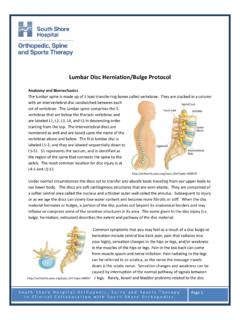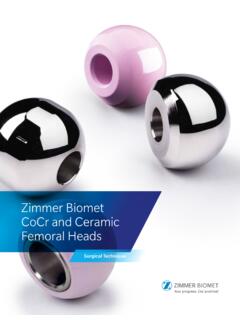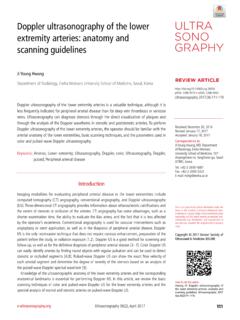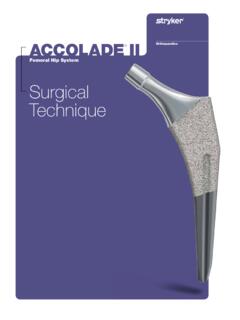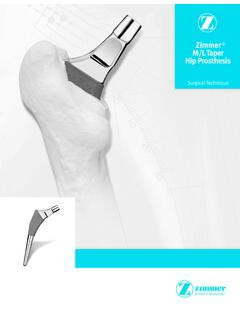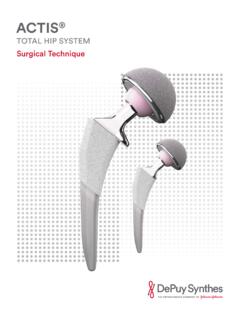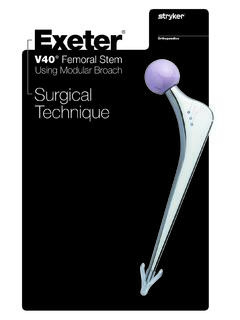Transcription of Patellofemoral/Chondromalacia Protocol
1 South Shore Hospital Orthopedic, Spine and Sports Therapy in Clinical Collaboration with South Shore Orthopedics Page 1 Patellofemoral/Chondromalacia Protocol Anatomy and Biomechanics The knee is composed of two joints, the tibiofemoral and the patellofemoral. The patellofemoral joint is made up of the patella (knee cap) and the groove of cartilage on the femur in which it sits. The purpose of the patella and the patellofemoral joint is to allow for greater force development through the quadriceps muscle by creating a fulcrum mechanism as the knee is extended. This joint is subject to tremendous forces when the knee is repetitively loaded in flexion and extension during sports and physical activity.
2 Normally the knee cap slides up and down following the natural track of the groove in the middle of the femur. When the knee cap fails to slide up and down evenly in the groove this can create irritation of the cartilage on the underside of the knee cap. There are many potential reasons as to why the patella would not accurately track within its groove. One reason is the alignment of the bones of the leg and foot. Subtle abnormalities in alignment and boney structure can cause the patella to sit in a position in which it will create uneven pressure and wear within the groove. Another potential cause of increased load on the joint is improper pull and tension from the connective tissue that surrounds the joint and the muscles that control the movement of the patella.
3 Tight structures surrounding the patella can cause it to slide toward the outside of its groove when the quadriceps is contracted. These tight structures also cause the patella to be compressed into the groove as it slides up and down. Imbalance in strength between the four heads of the quadriceps and weakness throughout the muscles of the hip can also cause the patella to be improperly positioned during weight bearing activities. When the cartilage on the under surface of the knee cap has been continually irritated for a long period of time it can begin to wear down and degenerate. This condition is known as chondromalacia of the patella.
4 This degeneration may be responsible for the crunching and grinding noise heard in some patients when the knee is bent and straightened. When significant chondromalacia is present this may undermine the knee s ability to respond well to conservative treatments. South Shore Hospital Orthopedic, Spine and Sports Therapy in Clinical Collaboration with South Shore Orthopedics Page 2 Treatment Options The severity, and resulting pain and dysfunction, of patellofemoral syndrome and chondromalacia varies greatly in patients that are affected by it. In each case the physician and his or her staff evaluates the individual case and determines the best plan of care for the patient.
5 A period of rest followed by activity modification may be enough to fix some cases. Use of anti-inflammatory medication and ice may also be recommended. Active patients may be recommended to wear a brace that supports the knee cap during activity. The physician and his or her staff may also ask the patient to undergo a course of physical therapy to address the underlying mechanical causes of patellofemoral joint stress. If conservative measures are unsuccessful in reducing pain and restoring function your physician may discuss the potential need for arthroscopic surgery in rare cases. Recovery time from this injury is different in each case.
6 Your individual time table for return to activities will be discussed by your physician and or physical therapist. Relative Rest Regardless of the specific mechanism (alignment, weakness, etc) patellofemoral syndrome is always caused by the overloading of the patellofemoral joint. As the pain, inflammation and underlying cause of the patellofemoral syndrome are treated the physician and/or physical therapist will likely recommend that the patient refrain from participation in the activities that most provide stress to injured joint. This does not always mean that the patient must stop all exercise.
7 There are often forms of exercise in which patellofemoral forces are reduced enough to allow for the patient to continue to exercise while recovering. The patient should consult with the physician and/or physical therapist to determine individualized exercise guidelines and restrictions. Rehabilitation Philosophy Physical therapy is often recommended for treatment of pain and dysfunction associated with patellofemoral syndrome and chondromalacia of the patella. The physical therapist will evaluate the patient s mobility, flexibility and strength with the purpose of determining the underlying cause of the abnormal stress on the patella.
8 The patient will be counseled on which activities he or she can safely continue and which should be avoided. The physical therapist will teach the patient the proper exercises to reduce patellofemoral stress. In most cases this will include strengthening muscles about the hip and knee that are weak and stretching ones that are tight. South Shore Hospital Orthopedic, Spine and Sports Therapy in Clinical Collaboration with South Shore Orthopedics Page 3 Rehabilitation **The following is an outlined progression for rehab. Advancement from phase to phase as well as specific exercises performed should be based on each individual patient s case and sound clinical judgment by the rehab professional.
9 ** Phase 1 (Acute Phase) Goals Control Pain and Inflammation Begin Pain Free Flexibility Exercises Establish Quadriceps Activation Establish Pain Free Knee ROM Recommended Exercises Cycle with Minimal Resistance (if pain free) Range of Motion and Flexibility Heel Slides (in pain free arc) Lower Extremity Stretching (based on individual assessment) Rectus Femoris IT Band Hamstring Hip Rotators Gastroc Quad Sets (intensity and flexion angle guided by pain) Strength Guidelines Perform range of motion exercises daily. Do 2-3 sets of 15-20 Reps. Perform stretching program daily. Hold stretches for 30 seconds and perform 2-3 repetitions of each.
10 South Shore Hospital Orthopedic, Spine and Sports Therapy in Clinical Collaboration with South Shore Orthopedics Page 4 Phase 2 (Sub-acute Phase A) Goals Continued Protection of Injured Joint Continue to Improve Flexibility Begin to Strengthen Areas of Weakness/Instability Recommended Exercises Cycle (slow progression of resistance) Range of Motion and Flexibility Continue Flexibility From Phase 1 Begin Open Chain Strengthening (based on strength assessment) Strength Knee Extension (SAQ, If painful use LAQ in painfree arc) Straight Leg Raise Hip Abduction Hip Extensors Hip External Rotators Hamstring Curls Guidelines Perform stretching program daily.
